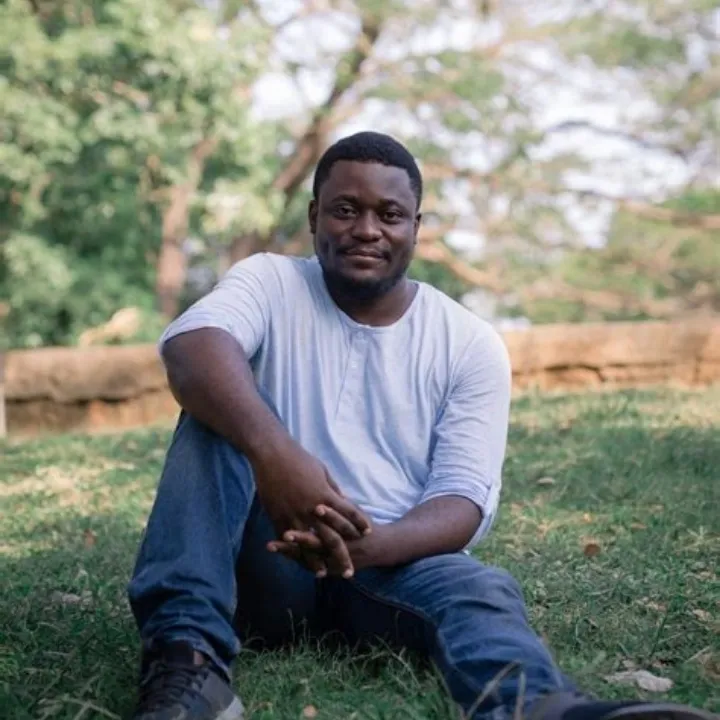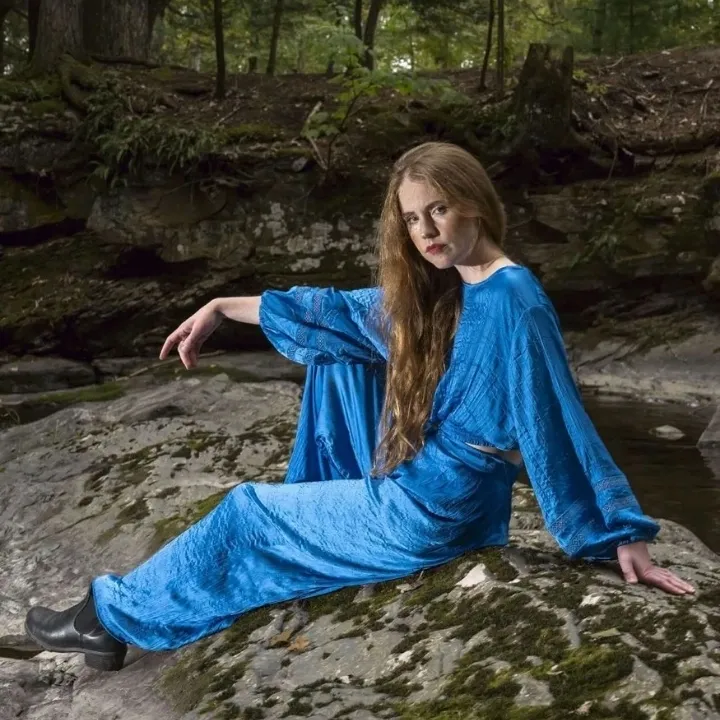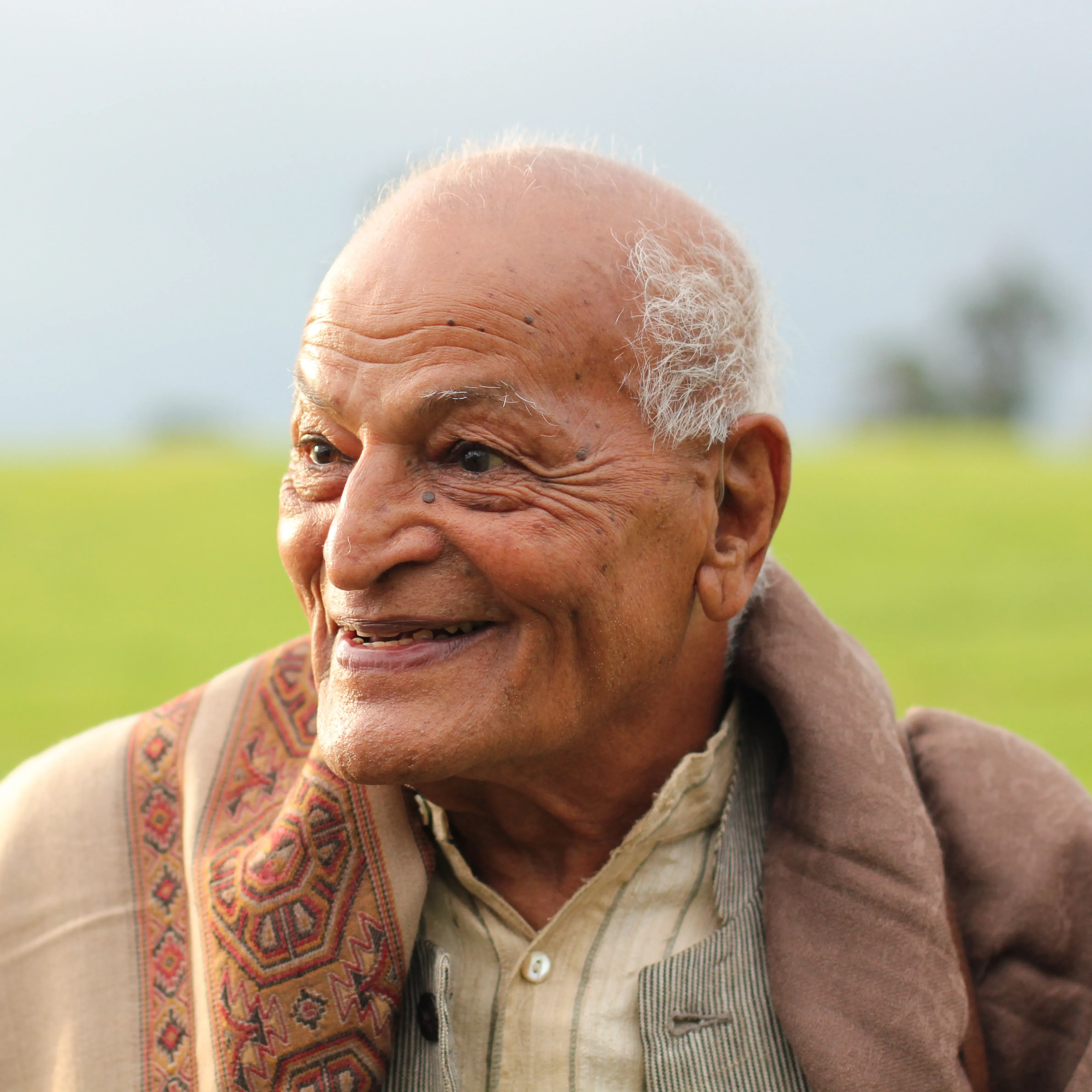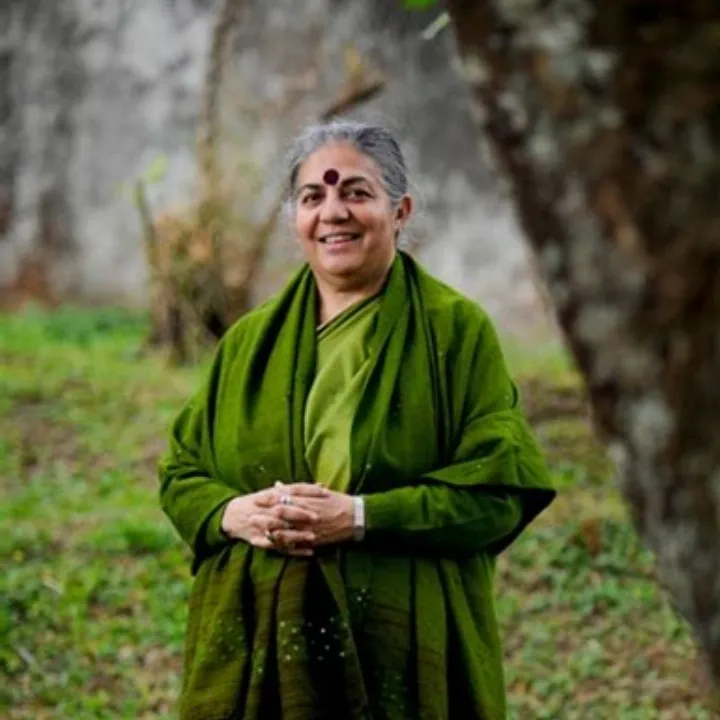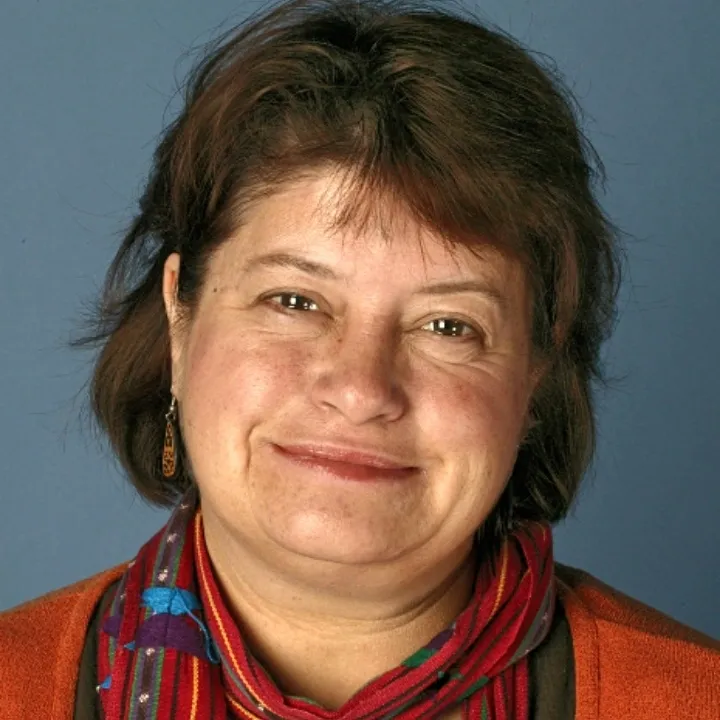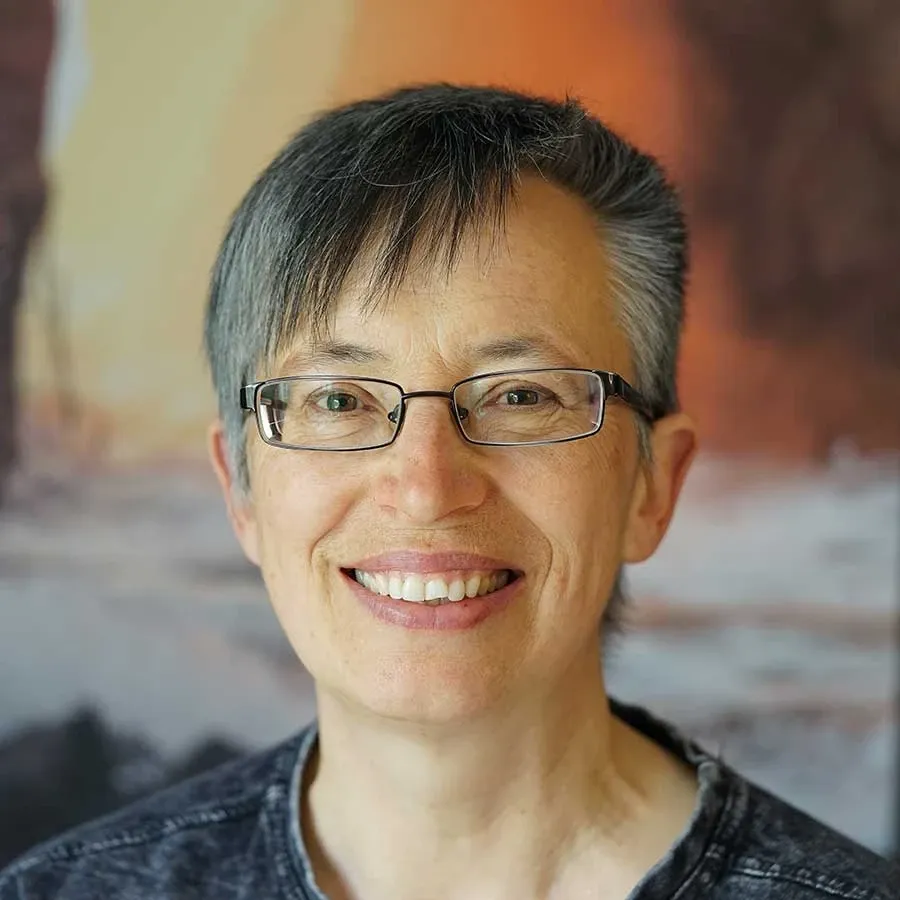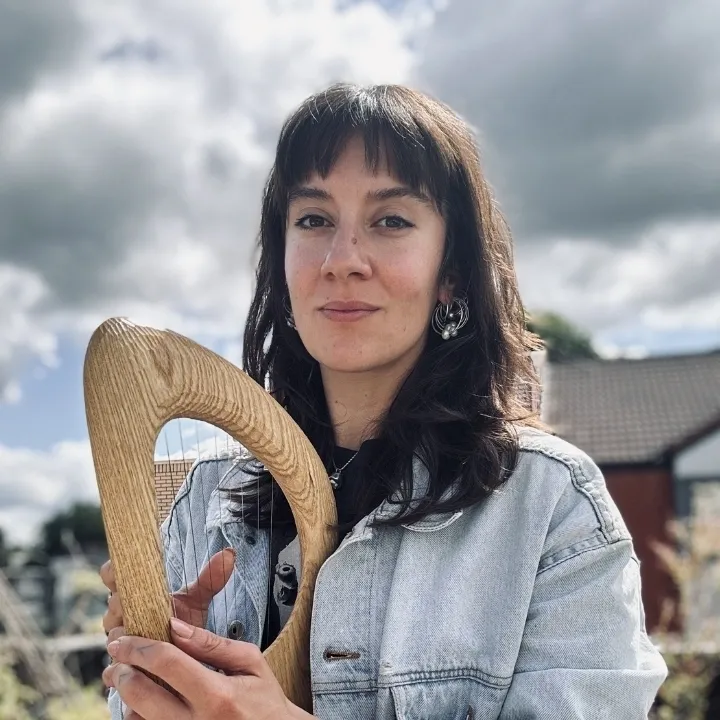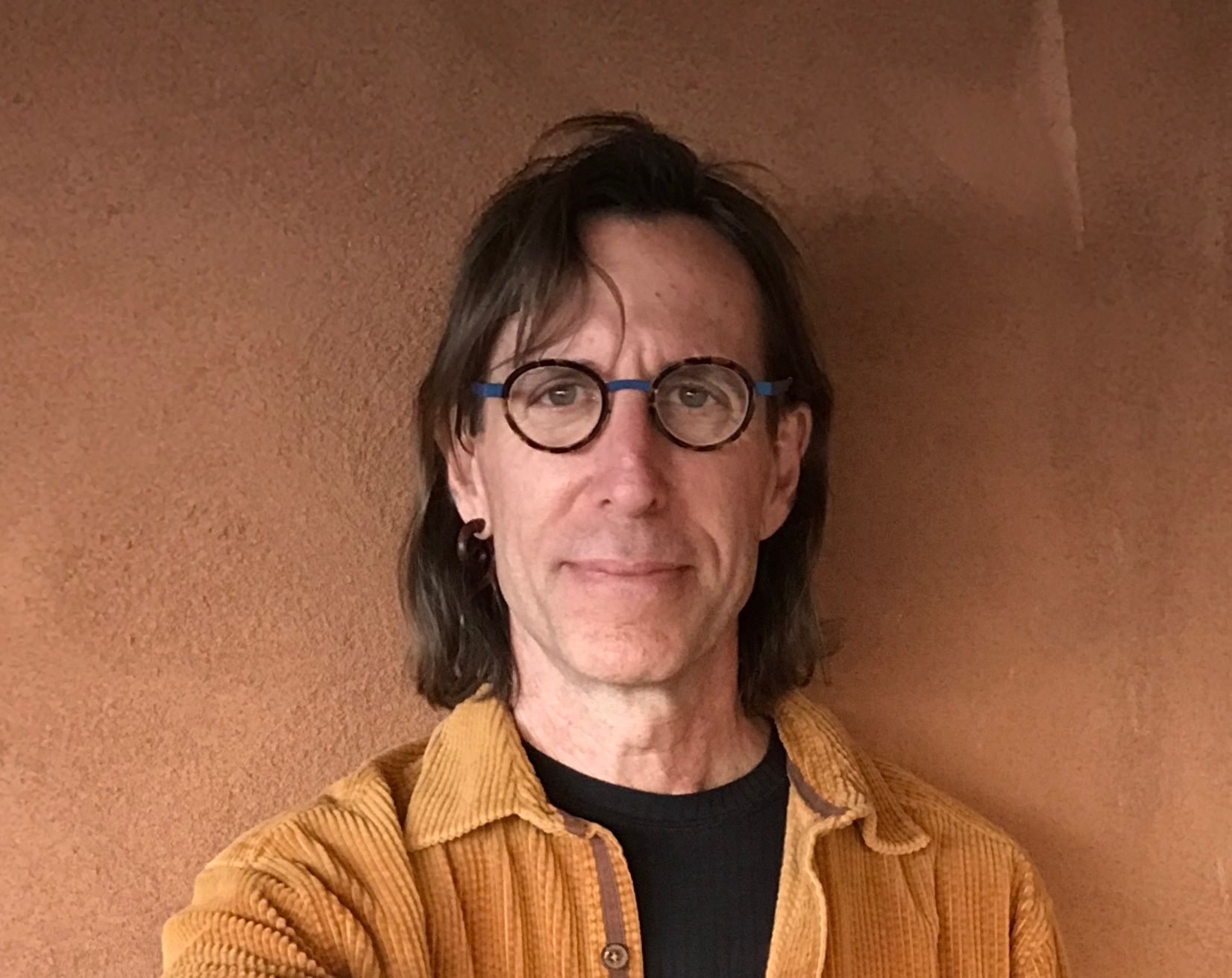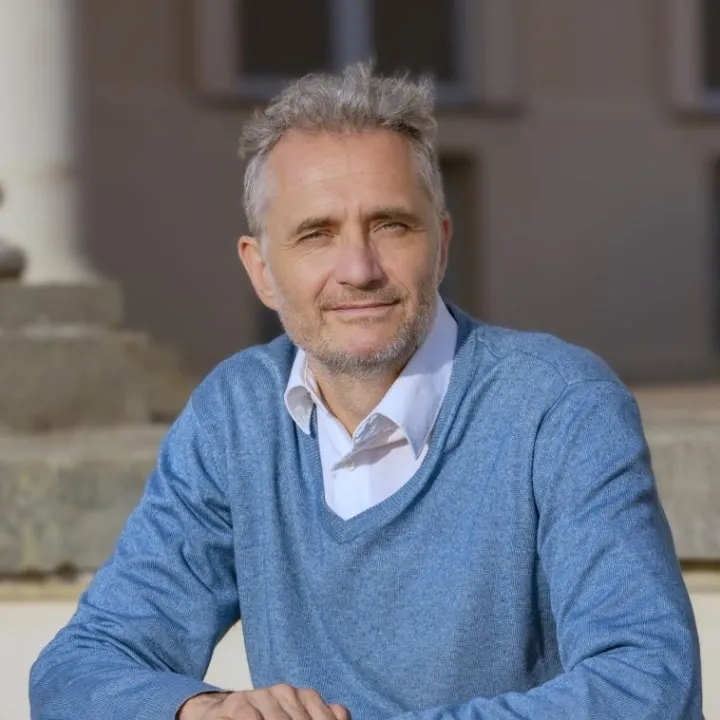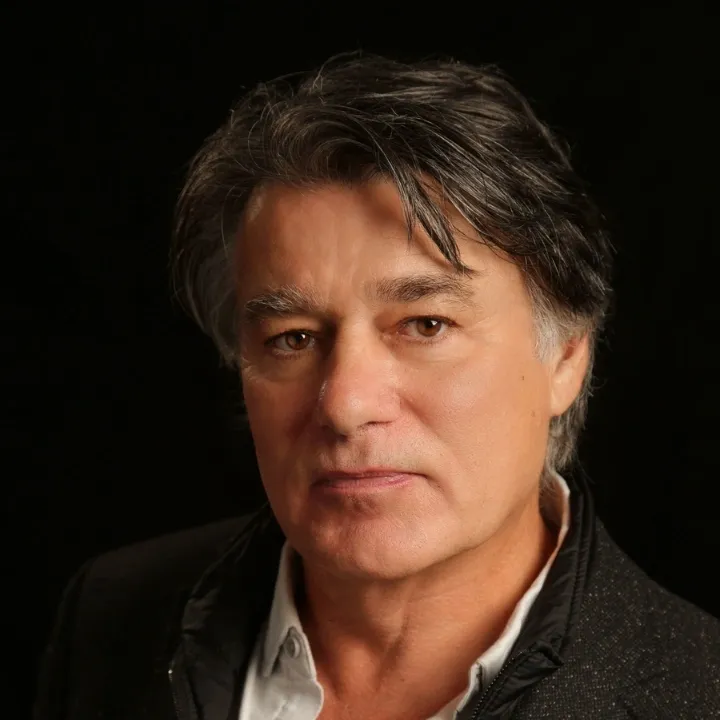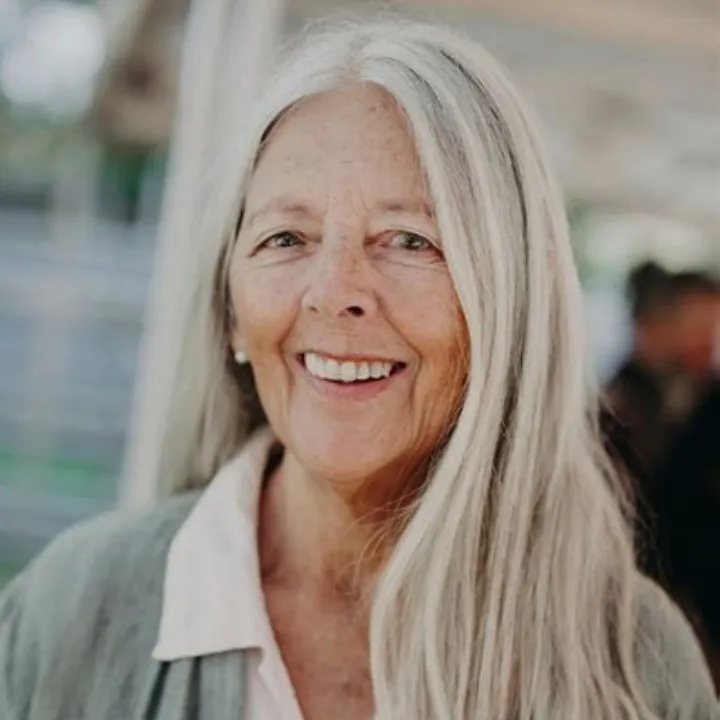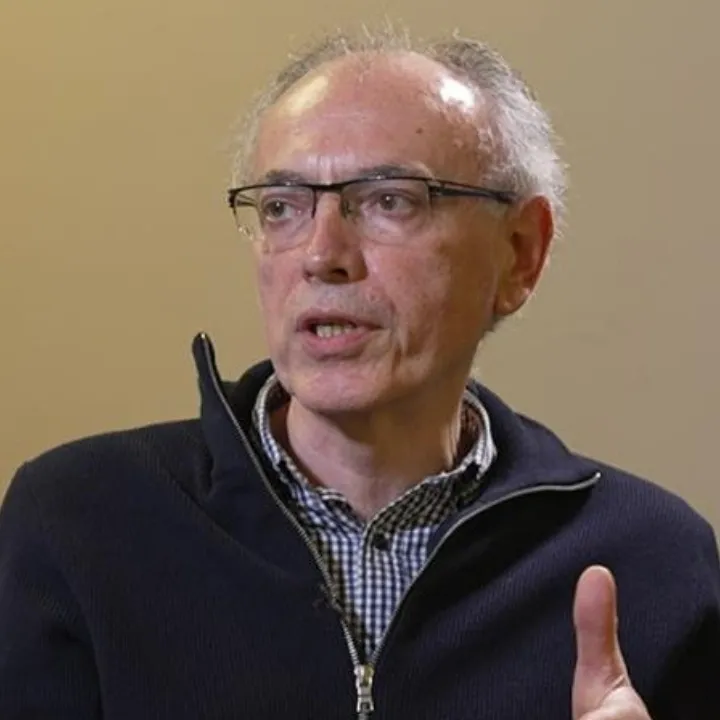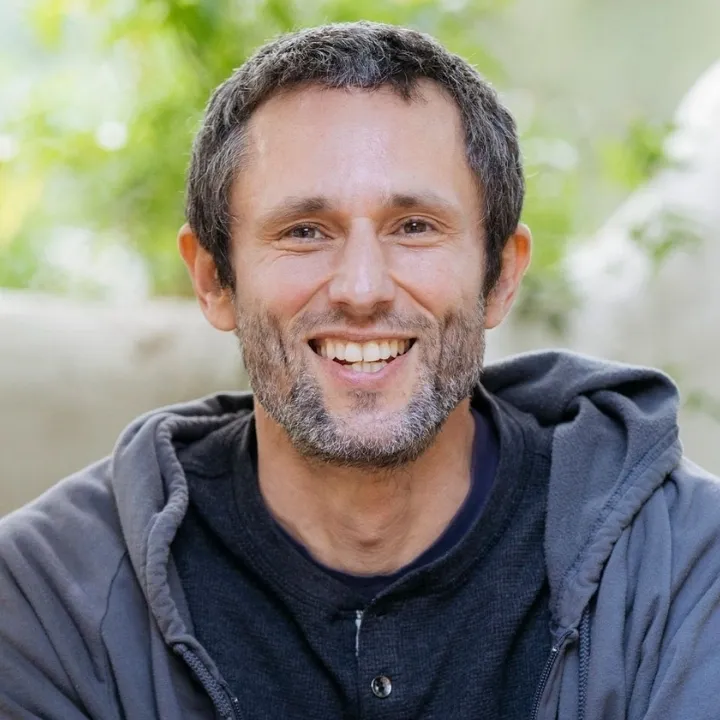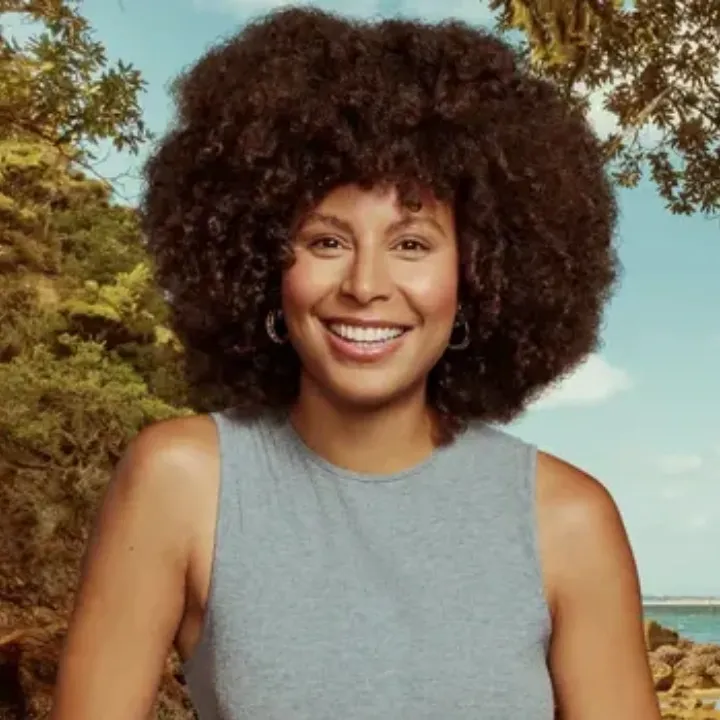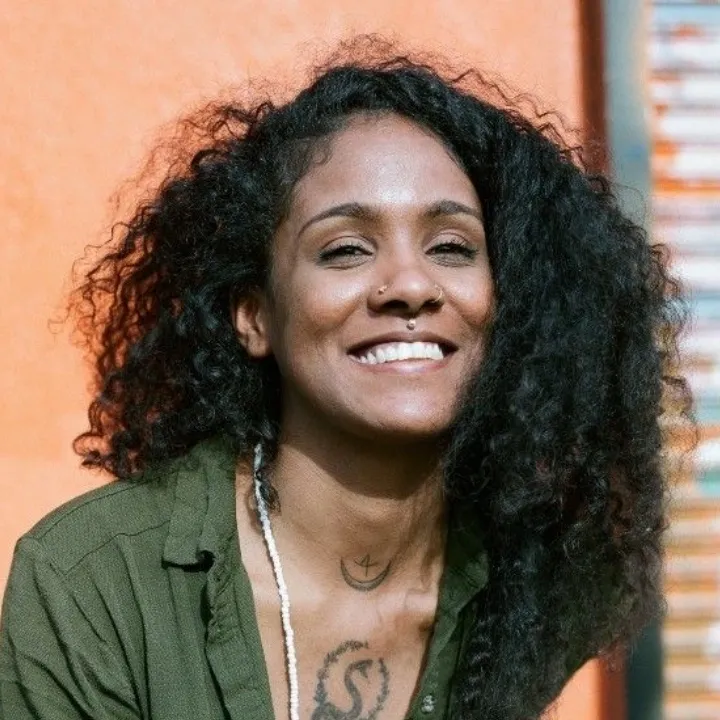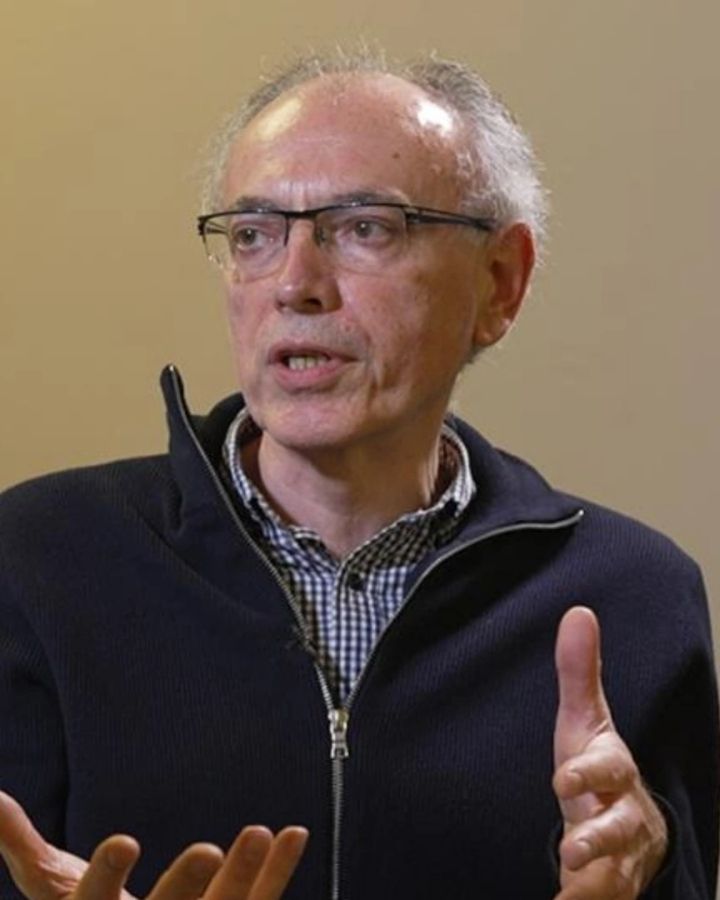FacultyMeet advaya’s teachers
Advaya’s global faculty blends science, practice, and story bringing localised, multidimensional wisdom to a shared learning space.
Dr. Predrag Slijepcevic
Dr. Predrag Slijepcevic is a senior lecturer at Brunel University London with 25 years teaching experience and a bioscientist investigating the cognitive side of the living world.
Dr. Predrag Slijepcevic is a senior lecturer at Brunel University London with 25 years teaching experience and a bioscientist investigating the cognitive side of the living world. Dr. Slijepcevic published numerous research articles and worked on a range of research projects in life sciences. He also publishes popular science and philosophy essays. He is the author of Biocivilisations: A New Look at the Science of Life (Chelsea Green Publishing, White River Junction, Vermont USA; London UK, 2023).
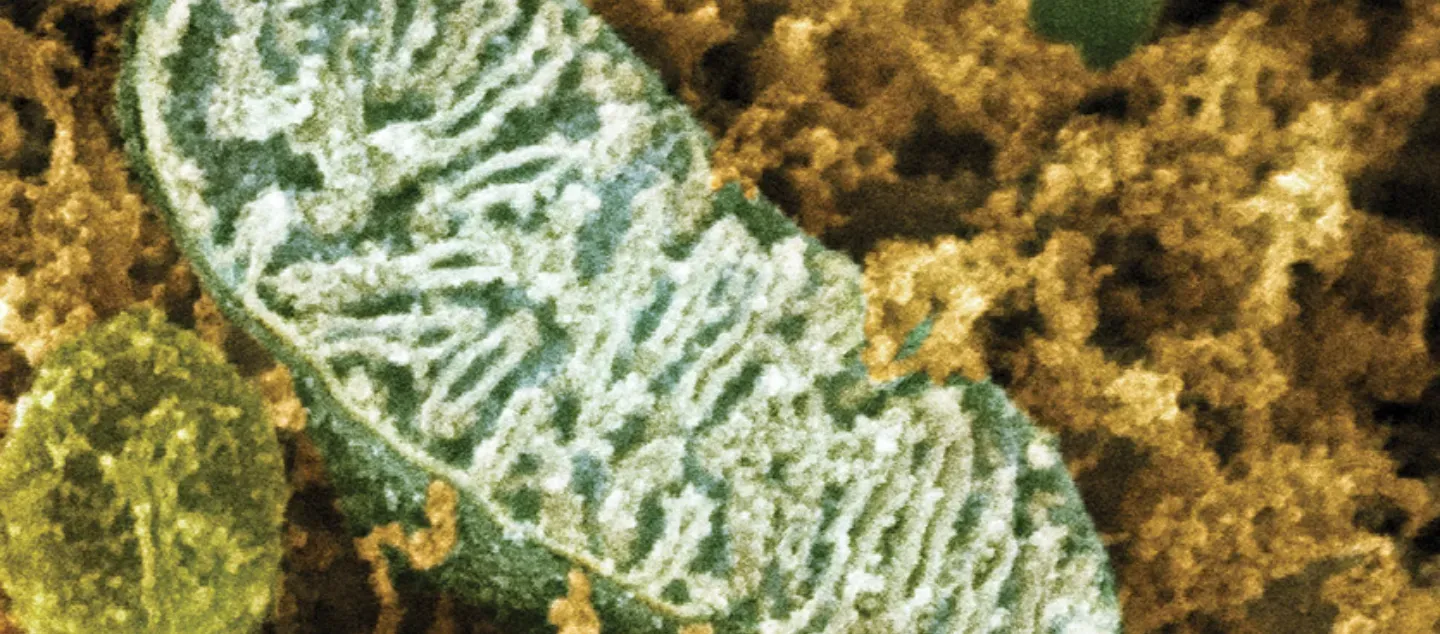
article
Into the bacterial universe: reimagining intelligence
Discovering alternative intelligences in the world of biocivilisations.
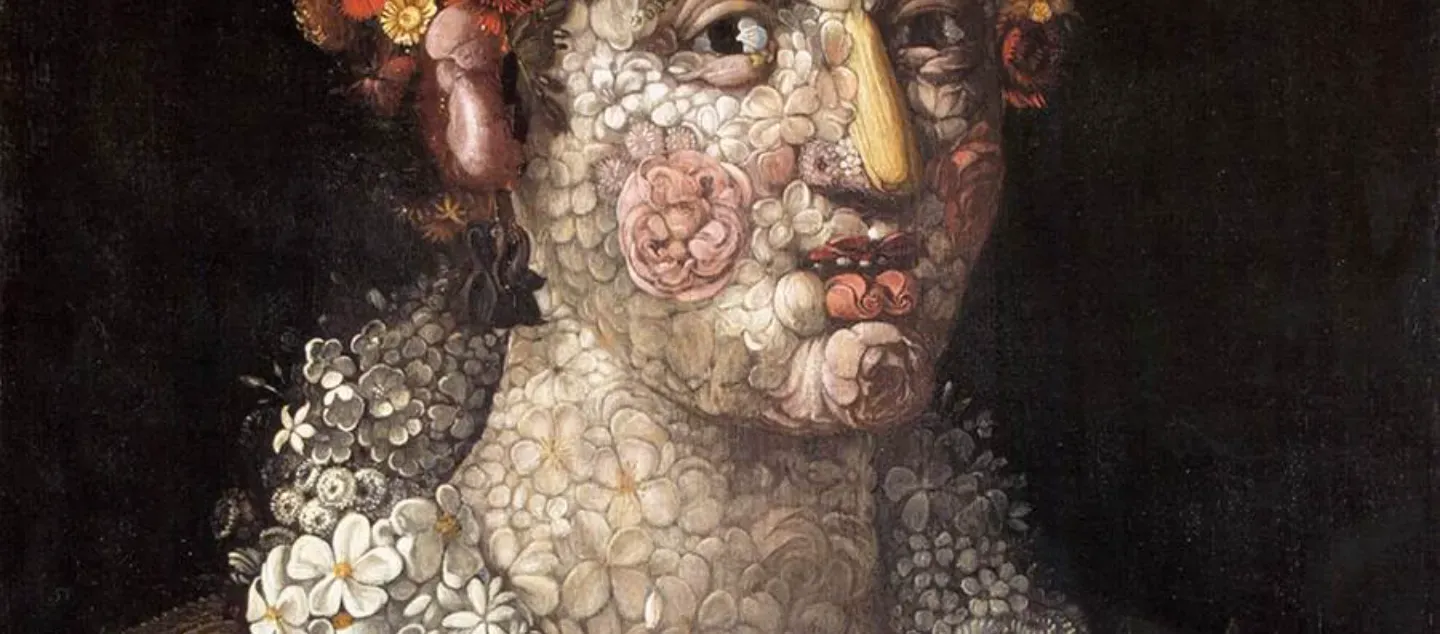
article
Flora or Mona Lisa: on symbiotic biology
How symbiotic biology redefines the idea of the individual.
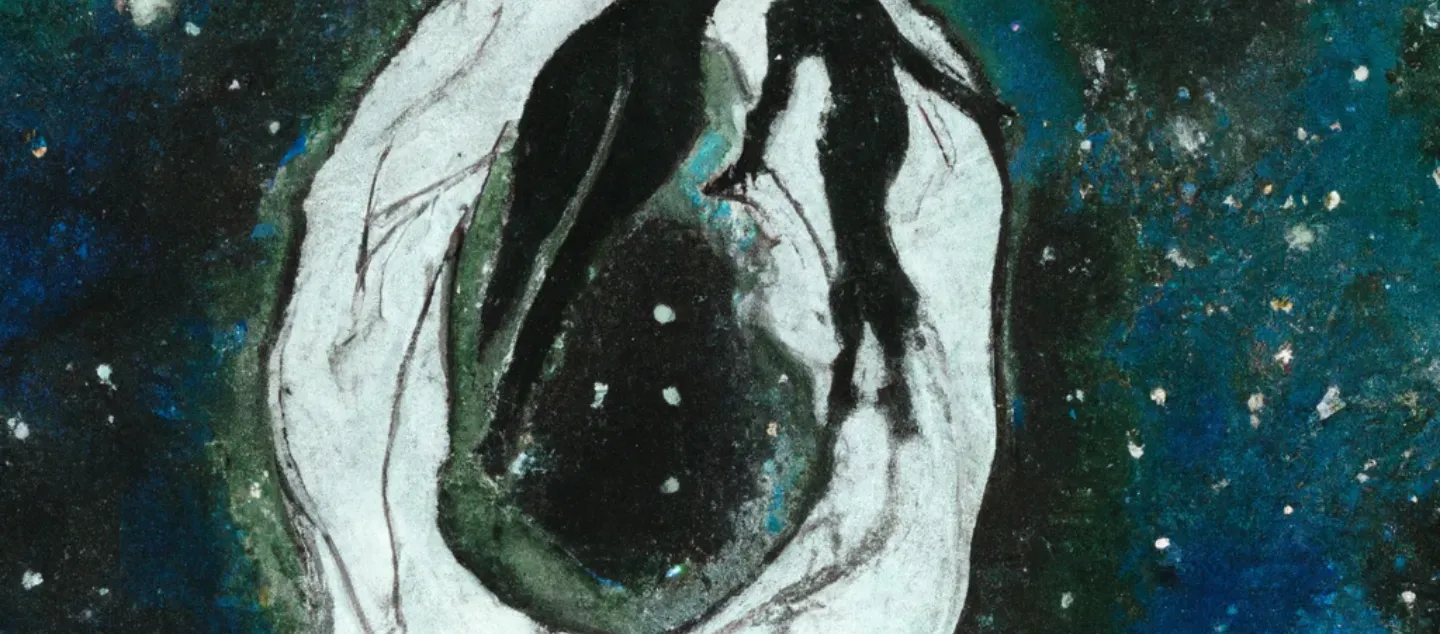
article
The secret to our survival
On Gaia, bacteria, and the sentience of all living beings.
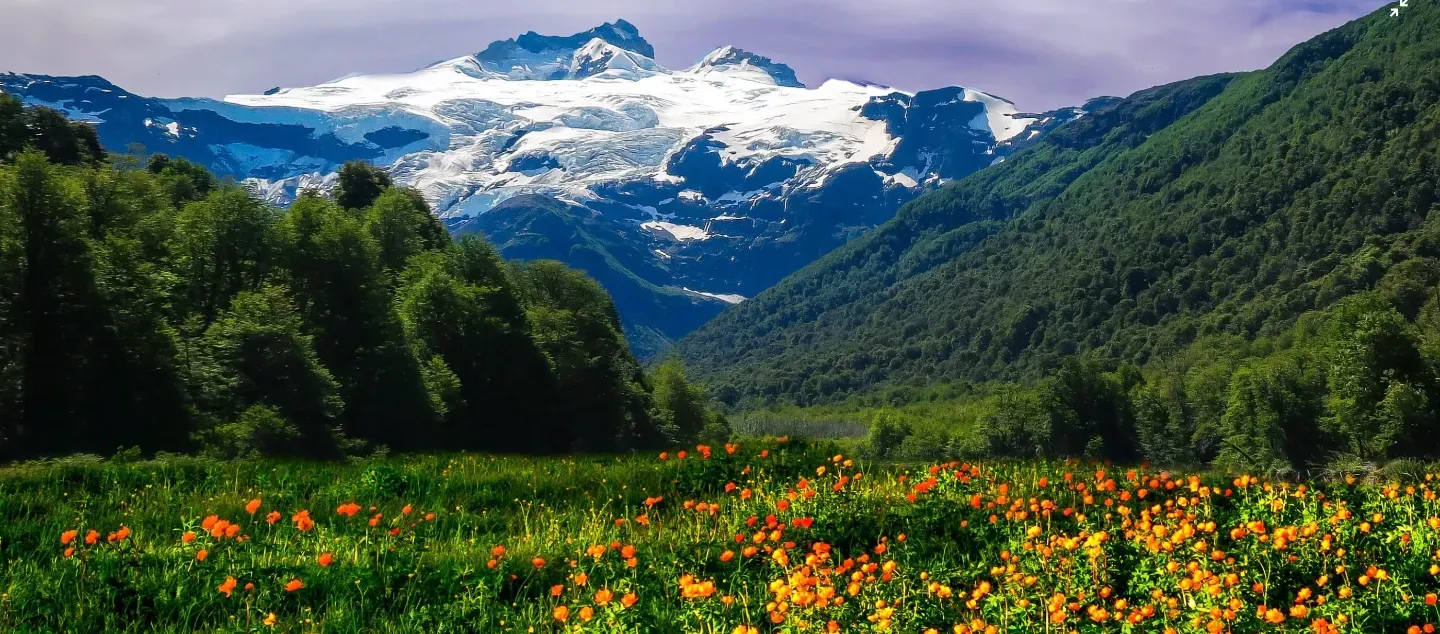
article
An Autopoietic Gaia: biopoetics, creativity, and meaning-making on Earth
Uniting biology and philosophy to explore symbiosis as life’s guiding principle.
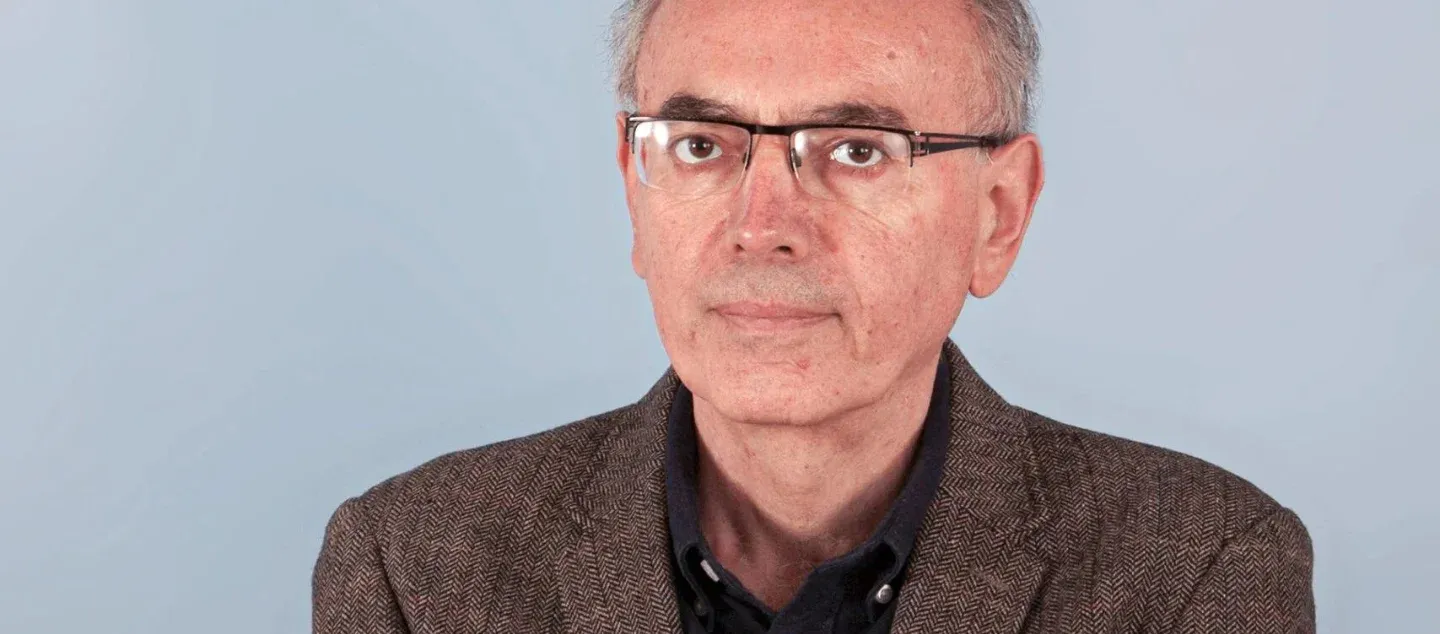
film
The secret to our survival
“The Anthropocene, after all, can never replace Gaia as the dominant ecological force on Earth.” Ahead of our upcoming course with Dr. Predrag Slijepcevic, we sit down with the multifaceted bioscientist for an eye-opening conversation about the Gaian mind, bacteria as the primordial civilisation, how our plants and animals engineer their environments in ecological ways, the sentience and consciousness of all living beings, and more.
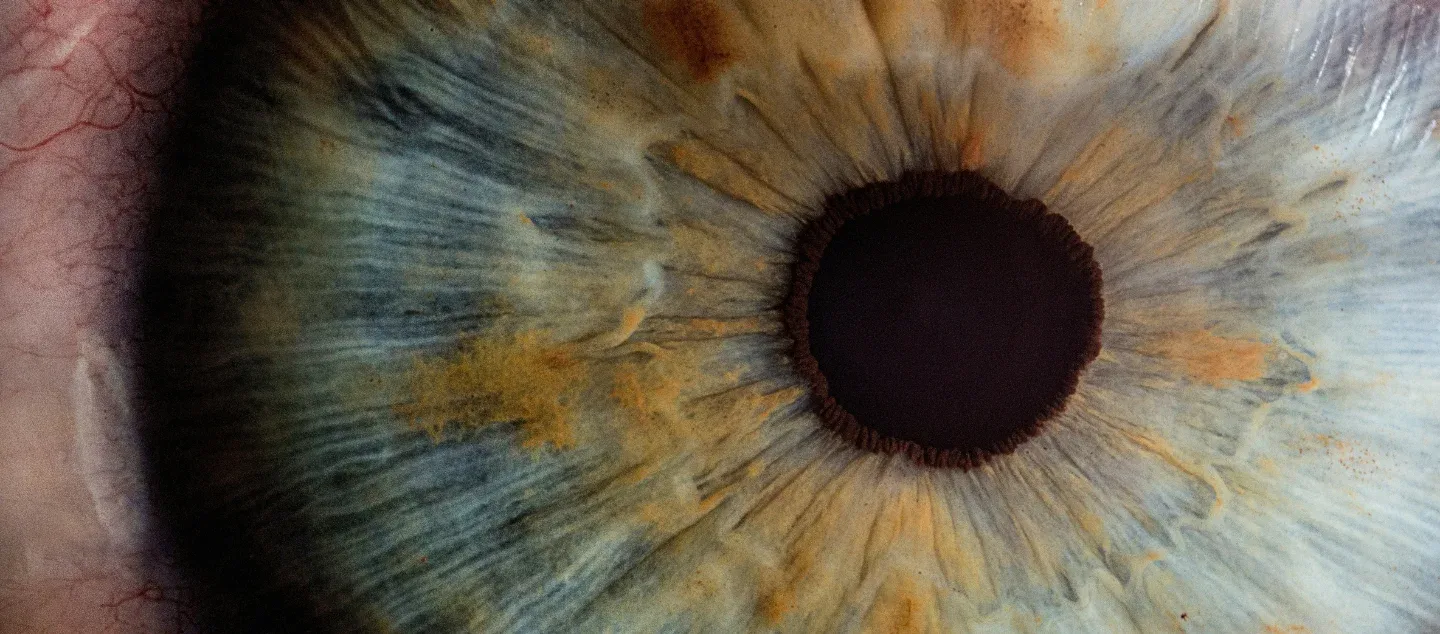
film
An Autopoietic Gaia: biopoetics, creativity, and meaning-making on Earth
Ahead of advaya’s upcoming online course, Biocivilisations, we speak with two scientists and authors who are weaving together the worlds of biology and philosophy to reinvigorate the science of life, and invite us all to reconsider what we think we know about nature, Earth, and the living world around us. We look towards symbiosis as the rule of life, the inherent creativity in all living beings, and the implications of these on how we see the world. What happens if we understood Gaia as autopoietic, enlivened, making meaning?
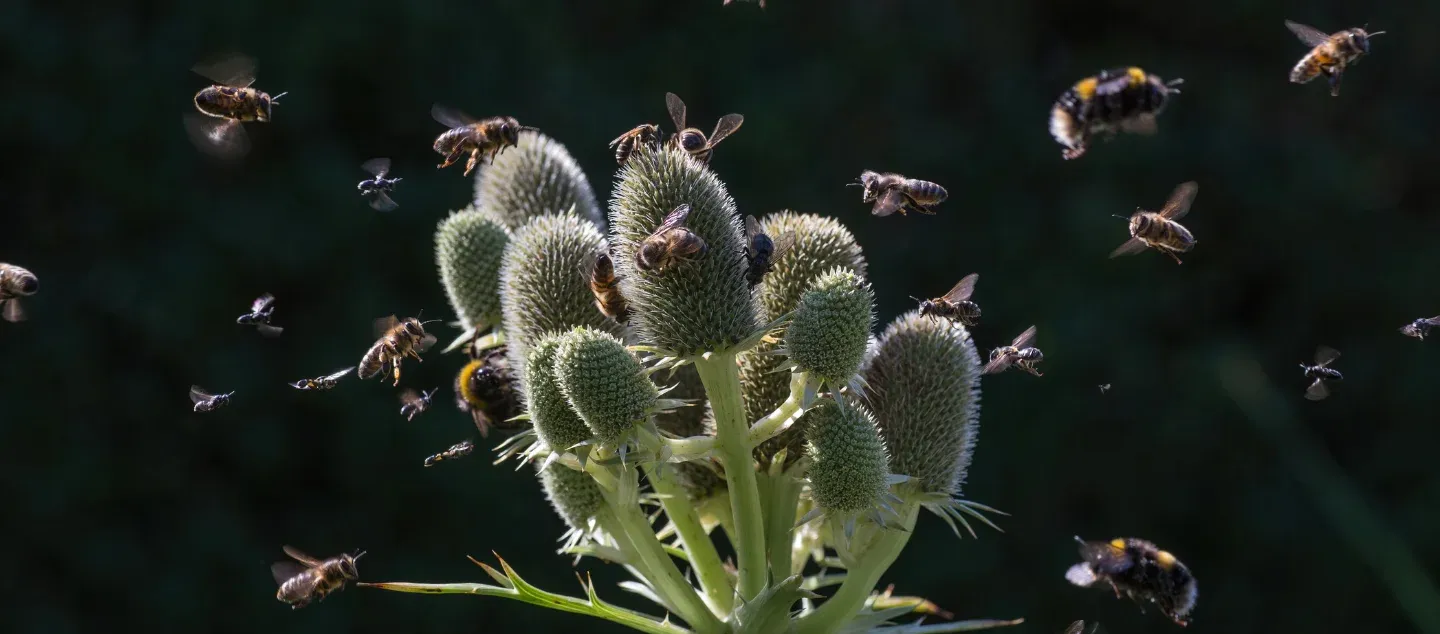
film
The world of biosemiotics: communication in nature
Languages have existed in the biosphere for far longer than humans have created it. How much do you know about the myriad forms of communication in nature? In the opening week of Biocivilisations, an online course with Dr. Predrag Slijepcevic, we explore how nature talks.
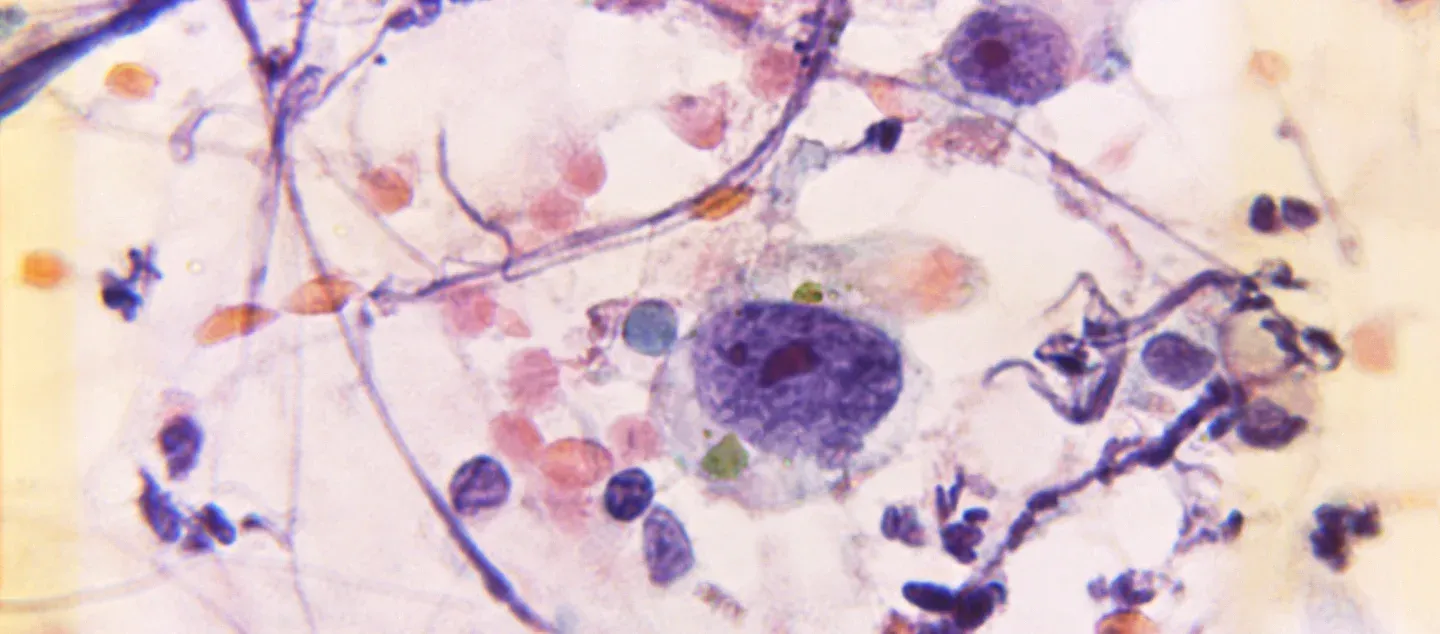
film
Do cells have cognitive worlds?
Dr. Predrag Slijepcevic argues that "these creatures, the cells that we ignore, actually have very, very rich cognitive worlds." In the second week of Biocivilisations, our online course, we learn about the consciousness and sentience of creatures too small for our eyes to see. Humans were not the first engineers in nature: bacteria were. How did they build colonies, engineer cities, right under our noses? Find out more in this clip.
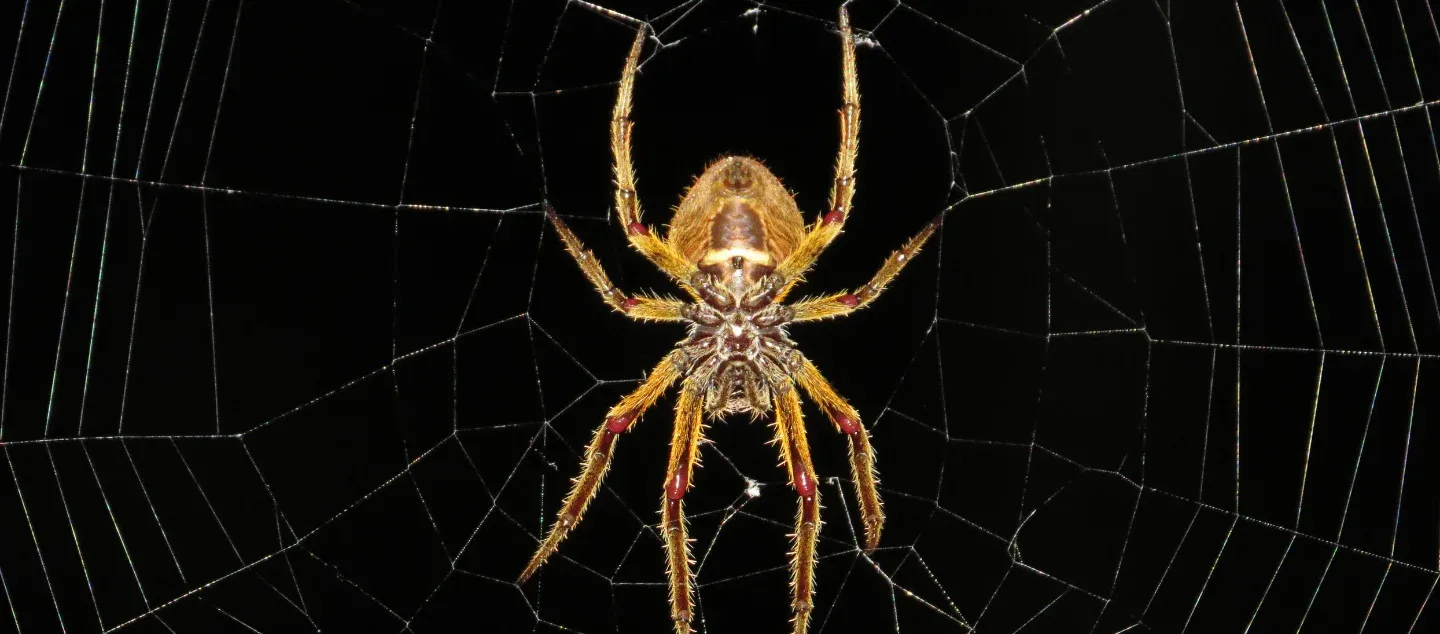
film
The roots of science are in nature: on naturalised science
In this clip, learn about how Native peoples practiced science, some influential figures in the history of science and philosophy who believed that science is not a human invention, an example of the jumping spiders and 'trial and error' in nature, and how science should move away from dogma, towards creativity, which could perhaps be more aligned with the scientific method.
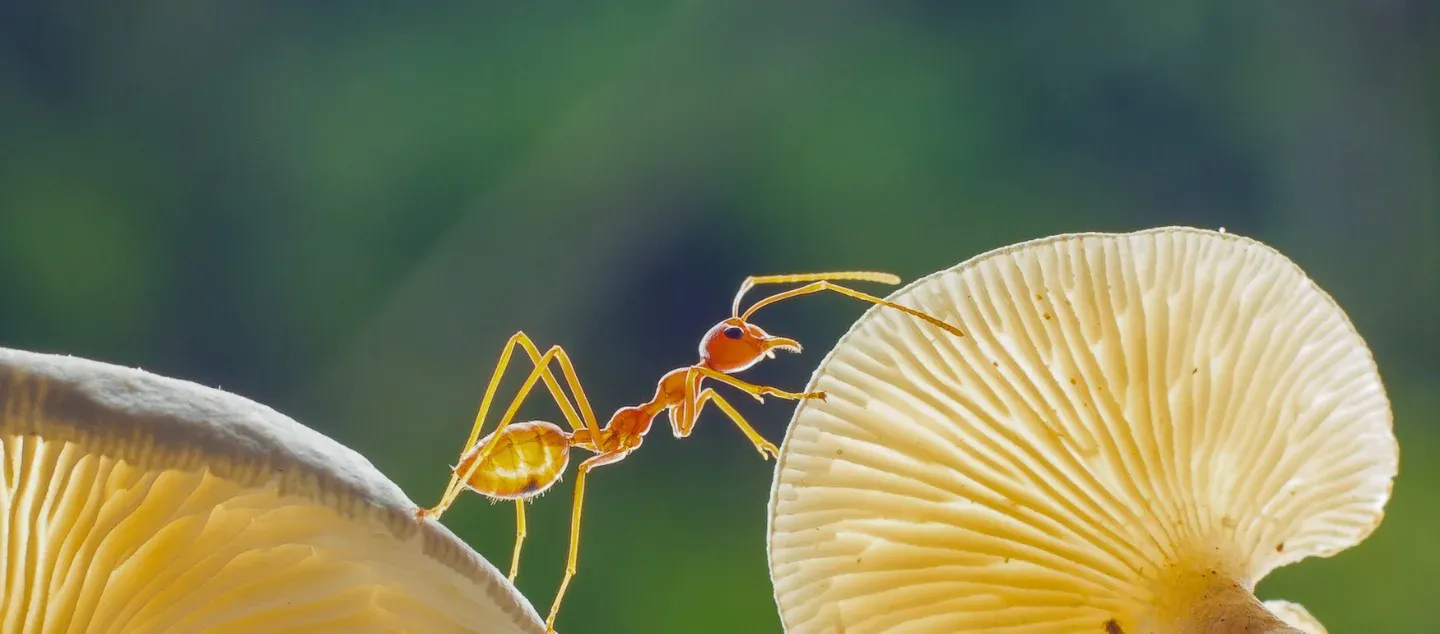
film
Modern medicine came from nature
Animal species have evolved, over 400 million years, to self-medicate. In this clip, explore a case study of ants as doctors, surgeons: a species that has developed a fascinating ability to take something from its external environment, incorporate that with its own bodily feature, to self-medicate. As it turns out, ants aren't the only ones either.
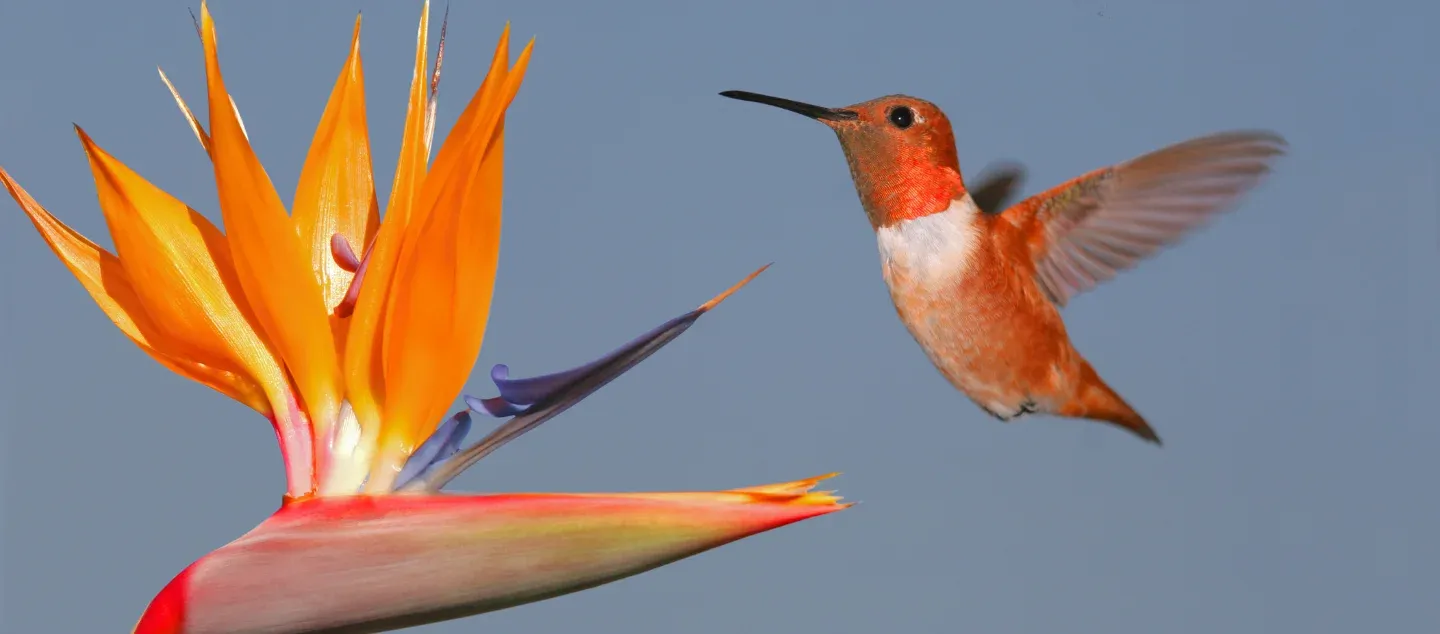
film
Aesthetics in nature (an autopoietic Gaia)
How do females of some bird and fish species use their sense of beauty and aesthetics to select male partners in the world of procreation? How are aesthetics an integral part of all living processes?
